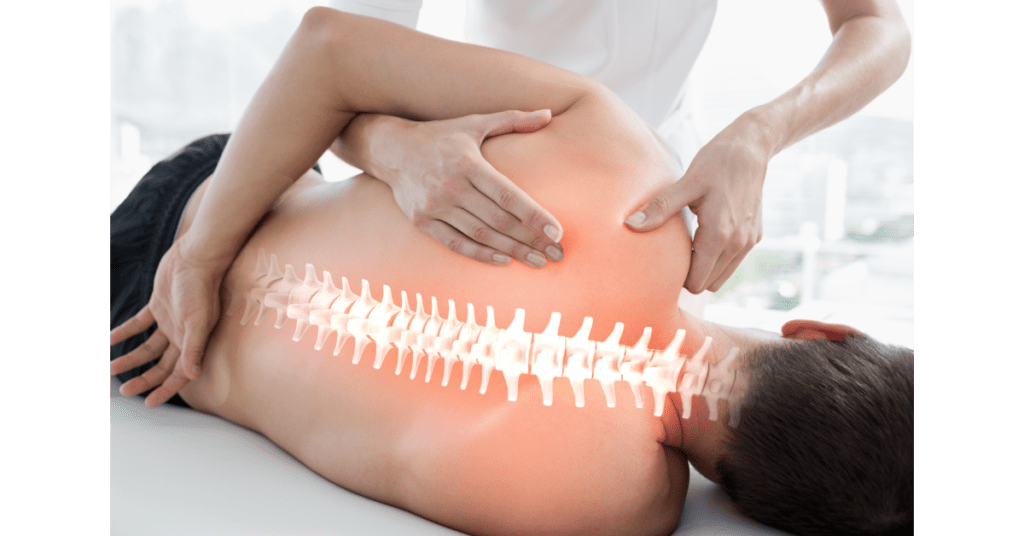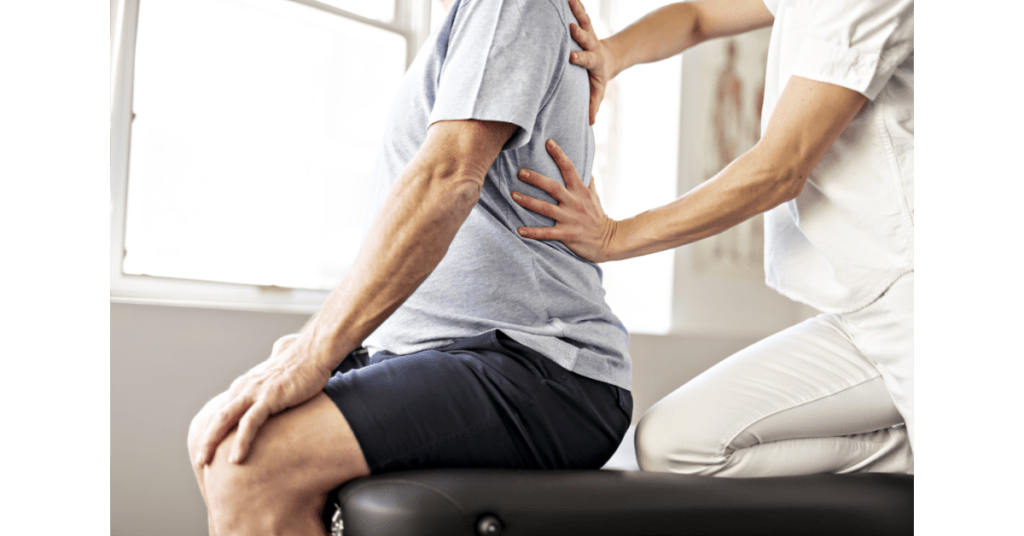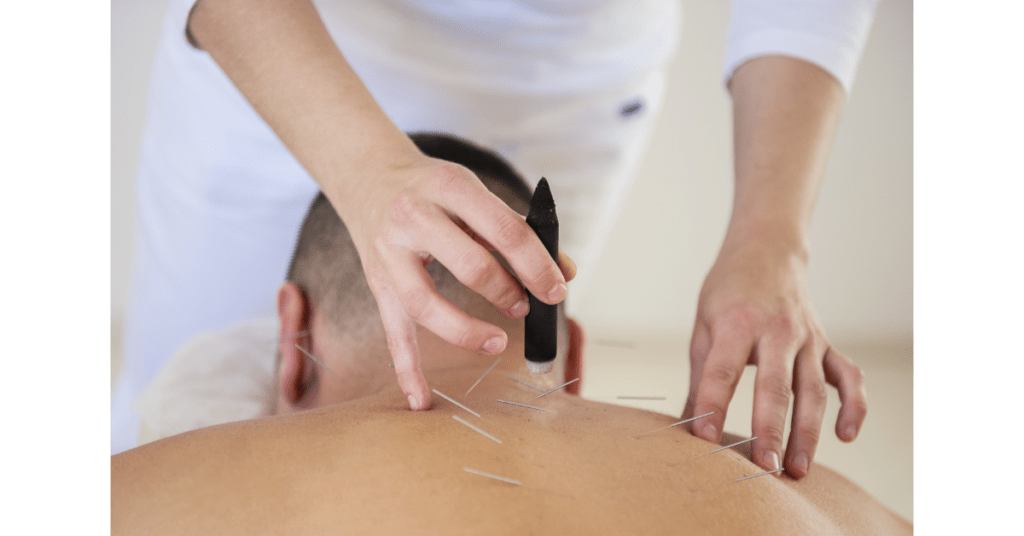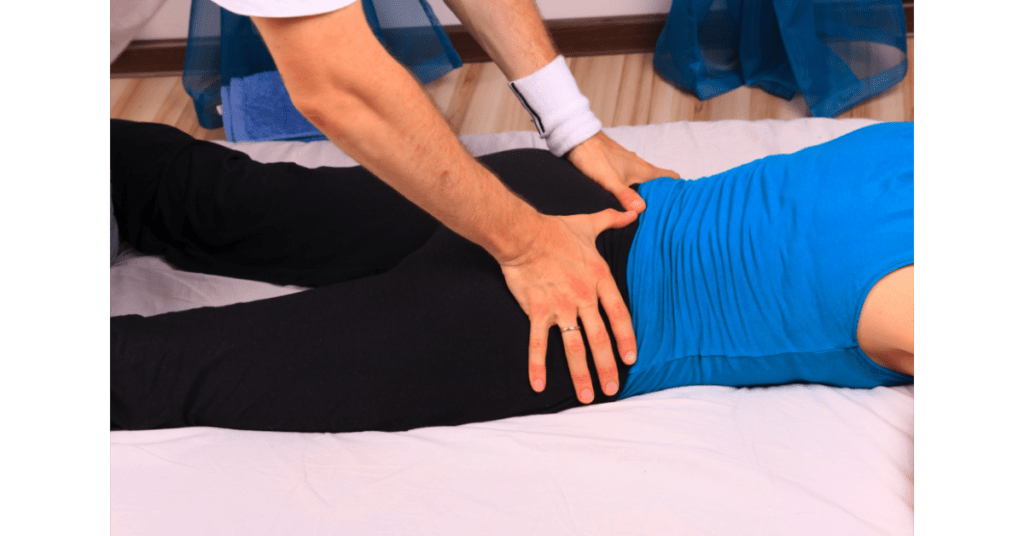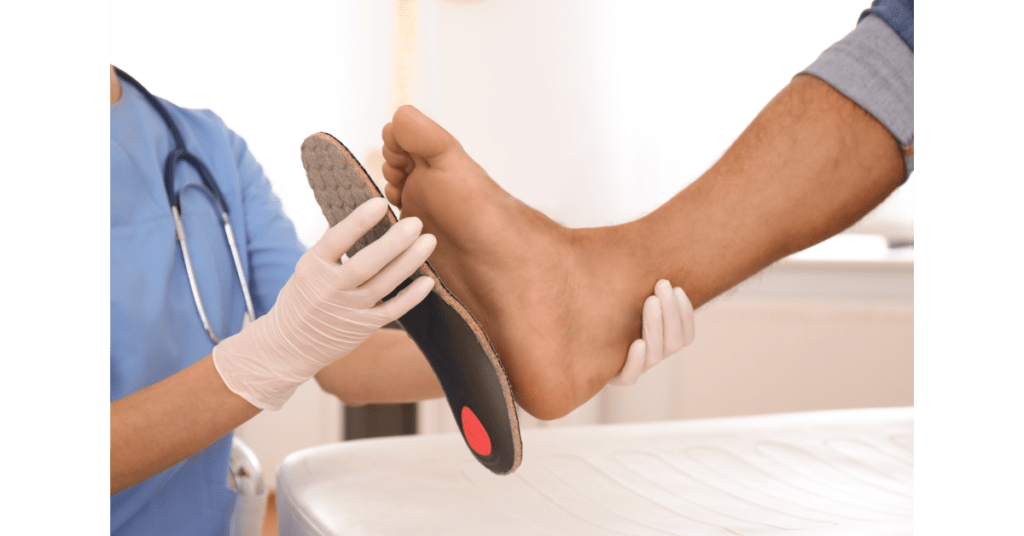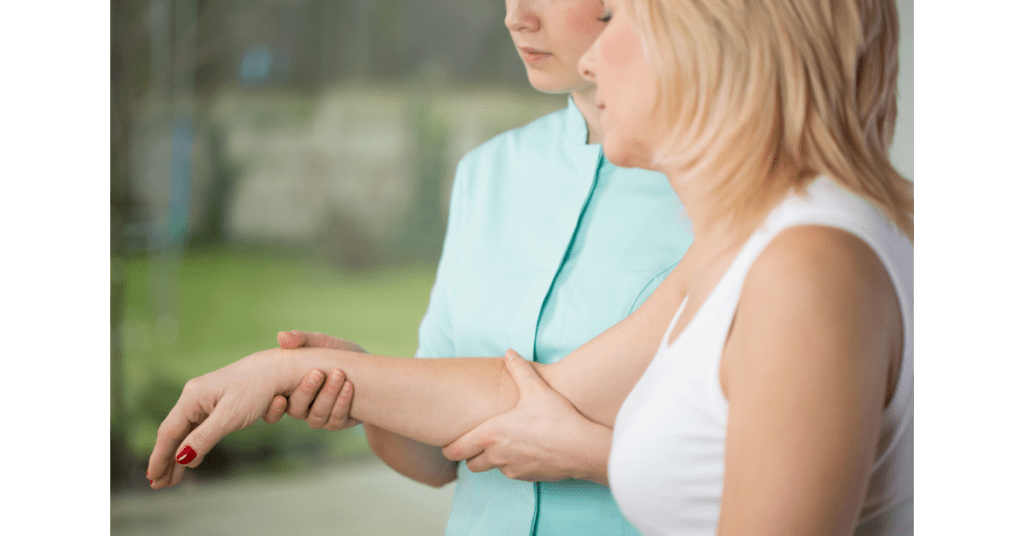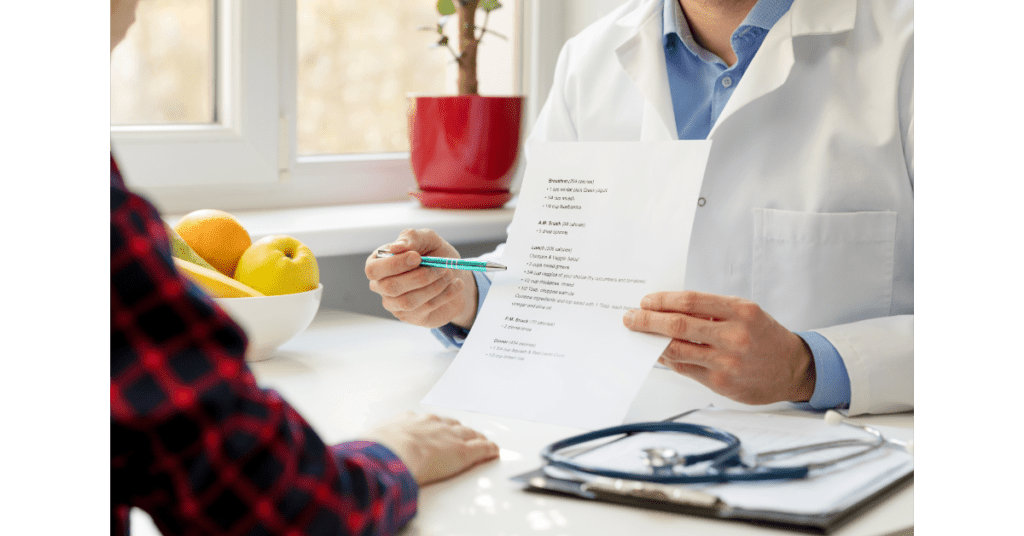What is de Quervain’s Tenosynovitis?
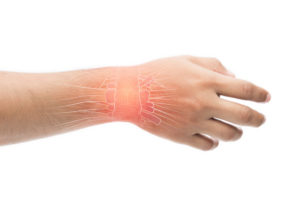
The painful swelling of the two tendons that run from the forearms through the thumb and lower wrist is called de Quervain’s tenosynovitis. These tendons pass through a narrow sheath and their rubbing against each other causes pain and swelling at the base of the thumb. This condition is also known by several other names, such as Gamer’s thumb, de Quervain’s tenosynovitis, de Quervain’s disease, de Quervain’s syndrome, de Quervain’s tendinosis, de Quervain’s tendinitis; de Quervain tendinopathy, BlackBerry thumb, texting thumb, washerwoman’s sprain, radial styloid tenosynovitis, de Quervain’s stenosing, or designer’s thumb.
What Causes de Quervain’s Tenosynovitis?
The exact causes of de Quervain’s are not known. However, an injury to the wrist, overuse and inflammatory arthritis are common factors that can lead to developing the condition. There are some Risk factors that can lead to de Quervain’s and one needs to be aware of them. For example, an Injury or hit to the thumb or wrist, Gaming, Playing racket sports, Playing an instrument, Rheumatoid arthritis, Using or holding a cell phone for long periods of time, Using a mouse or keyboard often, Being pregnant (de Quervain’s happens soon after pregnancy), Lifting a baby or carrying a child frequently, Age (most common in 30 to 50 age group) and Gender (women are more prone).
Are you in Toronto or Vaughan and concerned about de Quervain’s tenosynovitis? Book an assessment with our physiotherapist in Scarborough, Toronto or Woodbridge, Vaughan today.
What are the Signs and Symptoms of de Quervain’s Tenosynovitis?
There is very local damage to the tendons along the base of the thumb during this condition. de Quervain’s Tenosynovitis is often referred to as general wrist tendonitis because many tendons cross the wrist. The most common symptoms of de Quervain’s Tenosynovitis are Difficulty moving the thumb and wrist during activities involving pinching and grasping, Difficulty gripping, holding, or grasping objects, Pain in the thumb that travels up the forearm, Pain along the top of the thumb, Inflammation, and swelling, and Pain with direct pressure to the affected area of the thumb and wrist.
How is de Quervain’s Tenosynovitis Treated?
The treatment for this condition is rather simple and straightforward. Improvement in symptoms can be observed within just 4 to 6 weeks. Treatments for de Quervain’s tenosynovitis include Physiotherapy, Rest, Medication, and Surgery. Rest mainly from repetitive activities, Medications to reduce pain and swelling, Steroid injections, and Surgery. Physiotherapy for de Quervain’s Tenosynovitis is a non-surgical and drug-free treatment, focusing on reducing pain, improving the range of motion, and reducing swelling. Based on individual needs, physiotherapy can include Bracing or splinting the thumb, Stretching and strengthening exercises, Ice Therapy, Therapeutic ultrasound, Activity modification, and Range of motion exercises. At our clinic we have notice by using Simply Align Technique which includes advance physical modalities, activity modification and specific exercises we have faster, longer lasting results with reduced healing time.
Are you looking for physiotherapy or a Chiropractor? If Yes, then visit Simply Align Rehab Physio in Scarborough/Toronto or Woodbridge/Vaughan or you can always call or text us for your Physiotherapy or Chiropractor needs in Toronto at (416) 438-3230 or For Physiotherapy or Chiropractor need in Vaughan (Woodbridge) at (905) 638-9840.
Can de Quervain’s Tenosynovitis Go Away On Its Own?
Yes. If the condition started during pregnancy, there is every possibility that it will resolve itself either by the end of pregnancy or after breastfeeding. However, if the condition is not connected with pregnancy, it is best to seek treatment to recover completely.
Can You Prevent de Quervain’s Tenosynovitis?
If de Quervain’s tenosynovitis is work-related, particularly to repetitive tasks or hobbies, you can take steps to prevent it. For example, taking frequent breaks, Modifying the way you perform repetitive tasks, and Practicing good ergonomics.

